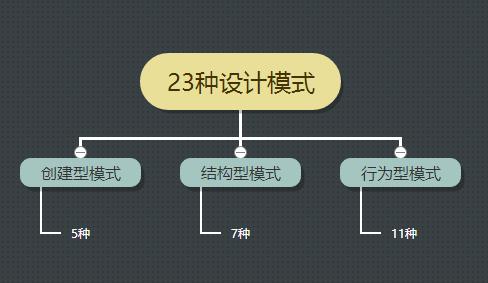Heuristics for user experience state that users will transfer their expectations from one product to another. A lack of consistency between products can increase users' cognitive friction, leading to frustration and rejection. This paper presents the first systematic study of the external, functional consistency of two-factor authentication user journeys on top-ranked websites. We find that these websites implement only a minimal number of design aspects consistently (e.g., naming and location of settings) but exhibit mixed design patterns for setup and usage of a second factor. Moreover, we find that some of the more consistently realized aspects, such as descriptions of two-factor authentication, have been described in the literature as problematic and adverse to user experience. Our results advocate for more general UX guidelines for 2FA implementers and raise new research questions about the 2FA user journeys.
翻译:用户经验的精度表明,用户会把他们的期望从一种产品转移到另一种产品。产品之间缺乏一致性会增加用户的认知摩擦,导致挫折和拒绝。本文件对顶层网站两个因素认证用户行程的外部和功能一致性进行了第一次系统研究。我们发现,这些网站在设计方面的一致性(例如,设置地点的命名和位置)仅达到最低限度,但在设置和使用第二个因素方面却呈现出混合的设计模式。此外,我们发现,文献中比较一致的一些方面,如两个因素认证描述,被描述为问题和对用户经验不利。我们的成果主张为两个FA执行者提供更一般性的UX指南,并提出了关于2FA用户旅程的新研究问题。




